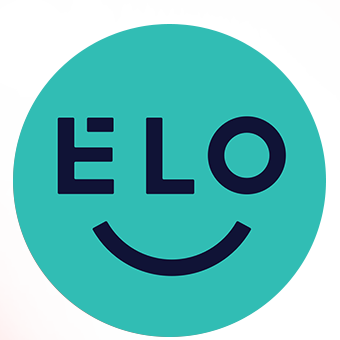What are your mentorship goals?
You may have already been asked what your goals are within your mentorship. Not always easy to answer, right?
And yet, a clear goal—even a simple one—gives direction to the mentoring relationship.
Understanding the importance of goals in your journey
Your goals serve as guideposts to keep you motivated, help steer your conversations with your mentor, and allow you to see your progress. They’re also a valuable reference for your mentor, who can tailor their support to your real needs.
Why is it sometimes hard to articulate your goals?
It’s completely normal not to know exactly what you want to work on from the start. Maybe you have a broad idea of professional development (e.g. “I want to grow”)… without knowing how to turn it into something concrete (e.g. “I want to improve my ability to mobilize a team”).
The good news? There are several tools to help you clarify your intentions! That’s why we’re sharing 4 ideas below to help you start and structure your thinking.
1. The SMART Method
This method helps you set a well-defined goal that you can discuss with your mentor. The different criteria to follow—Specific, Measurable, Attainable, Realistic, and Temporally Defined—make it a tool that’s often appreciated in mentorship.
2. The GAP Analysis Method
This method encourages reflection on your current professional situation and your desired one. You’ll then identify the gaps between these two states, which can become your goals. These goals—or mentorship needs—will help you pinpoint the levers for action that will allow you to bridge the gap between where you are now and where you want to be.
Download the GAP analysis tool now
3. Using Self-Assessment Questionnaires or Reflection Sheets
Self-assessment questionnaires or reflection sheets are great starting tools. They offer examples of goals, skills, or themes to explore (for example: communication, leadership, confidence, career transitions, etc.) and invite you to evaluate your level of comfort, confidence, or ease with each skill. This helps you clarify your priorities without having to start from scratch.
4. Rely on Competent Profiles
Another great way to kick-start your reflection is to refer to competent profiles associated with your current position—or the one you’re aiming for. These profiles, often provided by your organization or manager, outline the key skills expected in your current or future role.
By reviewing them, you can identify the skills you already possess (and that can be strengthened with your mentor) and pinpoint development areas you’d like to work on.
4 Steps to Using Goals Effectively
1. Set aside time for reflection. Schedule a moment with yourself in your calendar to think about your journey and what you’d like to develop. You don’t need to have all the answers right away—mentorship is also a process of exploration. But the clearer you are about your intentions, the more you’ll benefit from the experience.
2. Share this reflection with your mentor at the beginning of the relationship. Discuss it together and identify the areas where your mentor can provide support.
3. Finalize your goals after this discussion and agree with your mentor on what you’ll start working on first.
4. During the mentorship, revisit your goals to reflect on your progress or the extent to which they’ve been achieved.
